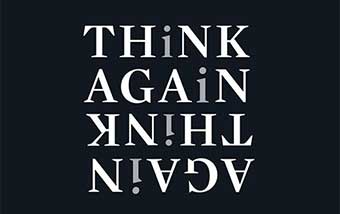Stalin’s Wife commits Suicide
Stalin, The Court of the Red Tsar, Simon Sebag Montefiore, 2003
It was November 8, 1932, the fifteenth anniversary of the Bolshevik Revolution. Stalin was sealing his power. The forced collectivization of farming in the Ukraine was well underway, and starvation was killing millions. The Politburo was becoming a sinister band of complicit murderers. There was dissent. In the summer there were even peasant uprisings. The Old Bolsheviks – Martemyan Ryutin among others – had been caught on wiretap: “Don’t tell me there is nobody in the whole country capable of removing him [Stalin]” In the morning, Stalin ordered Ryutin’s arrest, and then attended the Revolution Day parade in Red Square. Ryutin was executed in 1937.
Nadya Alliluyeva, Stalin’s wife of 14 years and mother of two of his children, was not happy. She was listening to the critiques of the Old Bolsheviks. Like Bukharin and others, she was disturbed by the horrors of the Ukraine. Her friends were disappearing.
The Stalin children were sent to the Zubalovo dacha for the weekend. At the evening celebratory dinner Stalin toasted the “destruction of the Enemies of the State”. Nadya didn’t raise her glass, and then left, followed by Polina Molotova, who tried to calm her. Nadya eventually went to her Kremlin room, which was across the hall from Stalin’s office and room, and down the hall from the servants. Her brother Pavel had bought her a pistol as a gift.
It is ‘unclear’ if Stalin went home after the party, or went to his dacha, or to another dacha, with friends, or with another woman. The next morning, he was sound asleep in his room.
Nadya was found on the floor of her room, next to her bed, in a pool of blood, cold, her pistol beside her. In great fear, her servants summoned Yenukidze, Nadya’s last dancing partner the evening before, the “politician in charge of the Kremlin”. He alone witnessed the scene. Found with her was an angry letter to Stalin and a copy of the anti-Stalin “platform” statement of the Old Bolsheviks. “During those days in the country at large, the mere possession of this document warranted arrest.” Yenukidze was executed in 1937.
Stalin was awakened. Doctors arrived. “There were bruises on her face” and a “five millimeter hole over the heart“. Stalin picked up the pistol. “It was a toy”, he told Molotov, adding strangely, “It was only fired once a year.”
Stalin gave a powerful show of grief, anguish, remorse, self pity. “I’d never seen Stalin cry before,” said Molotov, “but as he stood there beside the coffin, the tears ran down his cheeks.” His daughter Svetlana has said that he wanted to resign from the Politburo, but they objected.
As Bukharin offered condolences, Stalin insisted. . . without being asked. . . that he had been at the dacha, not at the apartment. Bukharin was executed in 1938. Bukharin’s plea for clemency was still in Stalin’s desk at the time of Stalin’s death in 1953.
“He swiftly recovered the Messianic confidence in his mission: the war against the peasants and his enemies within the Party.”


